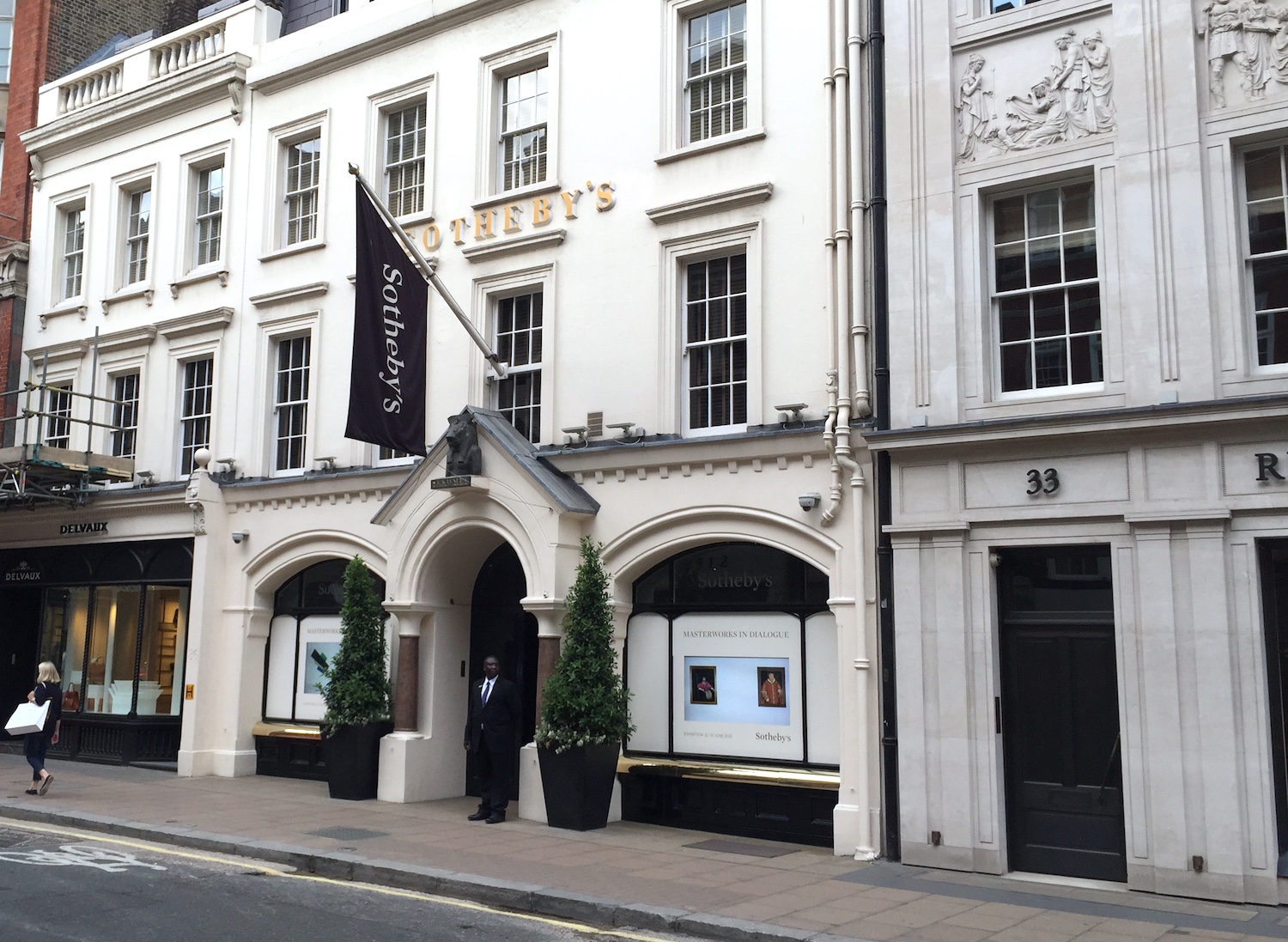In the off-grid sanctuary of the art world, where masterpieces change hands for astronomical sums and money is no object, a legal saga is unfolding in a Manhattan courtroom, exposing the underbelly of an industry known for its luxury and secrecy. At the centre of this high-stakes drama is Russian oligarch Dmitry Rybolovlev, a billionaire with a penchant for art collecting, at the highest level, his protracted battle with Yves Bouvier, a figure who blurred the lines between art adviser, expert and dealer. Bouvier also owns the largest ‘Freeport’ art storage facility in Switzerland. A very convenient place for people who don’t pay their taxes!
The narrative takes us back to 2013, when Rybolovlev was on a buying spree, amassing $2 billion worth of art. Among his acquisitions was the sculpture “Tête” by Modigliani, acquired for a princely sum of $83 million. Little did Rybolovlev know that this transaction, orchestrated by Bouvier, would become a focal point in a legal battle exposing the complexities and ambiguities of the art market.
Rybolovlev’s accusations are far-reaching. He contends that Bouvier, ostensibly acting as his art adviser, was, in reality, a dealer secretly inflating prices by tens of millions of dollars. The Russian magnate alleges that Bouvier misrepresented himself and owned the very artworks he purported to negotiate on Rybolovlev’s behalf. One such example is the acquisition of “Tête,” where Bouvier, according to court documents, had quietly purchased the sculpture months earlier at half the price.
The legal wrangling has now expanded to include Sotheby’s, a renowned auction house implicated in numerous sales facilitated by Bouvier. Rybolovlev’s legal team asserts that Sotheby’s aided Bouvier’s alleged deception by creating inflated valuations that concealed Bouvier’s substantial markups. Sotheby’s vehemently denies wrongdoing, asserting that it adhered to industry best practices. The auction house maintains that Rybolovlev must prove that Sotheby’s knew Bouvier’s deceptive practices—an assertion Rybolovlev’s legal team vehemently disputes.
The trial, expected to be one of the most high-profile clashes in the art world, provides a seldom-seen peek behind the velvet curtain that shrouds the art market’s inner workings. For an industry that thrives on discretion and exclusivity, the trial promises unprecedented transparency, with critical players compelled to testify and reveal the intricate dealings that define the art trade.
Four artworks stand at the heart of the legal dispute; each is considered a masterpiece in its own right. Apart from Modigliani’s “Tête,” the contested pieces include Gustav Klimt and René Magritte paintings, with the crown jewel being none other than the iconic “Salvator Mundi” by Leonardo da Vinci—the most expensive painting ever sold at auction. Celebrated for their artistic brilliance, these artworks are now unwitting participants in a legal battle that could reshape the art market’s narrative.
While not a defendant in the case, Bouvier looms large over the proceedings. His role as art adviser and dealer has been a contention. Bouvier contends that Rybolovlev knew his dual role and understood that he was not solely acting as an adviser. However, Rybolovlev paints a different picture, alleging that Bouvier’s role evolved from an independent dealer to a commissioned adviser, a transformation concealed behind deceptive negotiations.
Beyond its legal intricacies, the trial has significant implications for the art market. As Rybolovlev seeks justice for what he perceives as a betrayal of trust, the proceedings may establish new guidelines for transparency and fiduciary responsibilities in an industry where financial transactions often unfold in the shadows. The case illuminates the conflicts of interest and lack of clear expectations that can arise in a realm where immense wealth converges with artistic acquisitions.
The personalities involved in the trial, including the oligarch Rybolovlev himself, add an extra layer of intrigue. Oligarchs, often discrete enough to be spooks, find themselves in the public eye, and at a time when Russia is waging a war on the Ukraine. This will mean testifying in a U.S. courtroom with a media feeding frenzy. The trial marks a unique moment where an oligarch steps out from the shadows, providing a glimpse into the world of the super-wealthy.
The legal wrangling has spanned continents, with disputes between Rybolovlev and Bouvier in Europe and Asia. However, the Manhattan courtroom will be the stage for a confrontation that could set precedents for the art market. The trial’s outcome may impact the fortunes of the involved parties and shape the future landscape of an industry that thrives on discretion.
As the media braces for this high-profile clash, experts and observers anticipate transparency rarely seen in an industry where confidentiality is paramount. The trial may serve as a watershed moment, prompting a reevaluation of the fiduciary duties owed to clients by dealers, advisers and auction houses.
In this complex dance of art acquisitions, where masterpieces become symbols of prestige, the Rybolovlev vs. Sotheby’s trial stands as a pivotal chapter—one that could illuminate the shadows of the art market and redefine the rules of engagement for those navigating its sphere.
Top Photo: – Own work Wikki Commons

